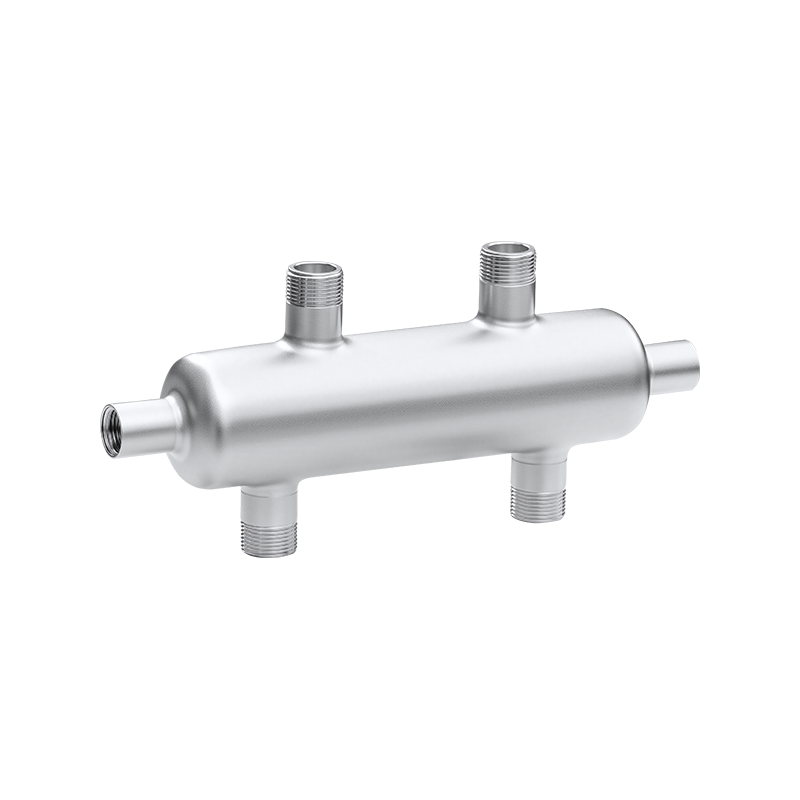In recent years, hydronic heating has gained steady traction as a reliable and energy-conscious method for indoor climate control. From residential to light commercial spaces, the appeal of warm floors, silent operation, and efficient heat distribution continues to draw attention. A critical part of this system’s smooth operation lies in the evolving role of integrated manifold solutions.

Hydronic setups rely on distributing heated water through a series of pipes to maintain a consistent room temperature. The manifold cabinet acts as the hub of this system, organizing multiple pipe circuits while allowing for precise flow control and balancing. By housing these components in a secure, accessible location, the manifold cabinet simplifies installation and service. It's not just a box on the wall—it’s a piece of infrastructure that supports the entire integrated heating network.
As the demand for clean energy and smart home integration grows, so does the need for heating systems that fit into tighter architectural spaces without sacrificing function. This is where integrated manifold solutions come in. They combine different mechanical elements—like actuators, valves, meters, and sometimes even wireless modules—into a single, enclosed manifold cabinet. That allows installers and technicians to work faster while reducing clutter and less points of failure.
The benefit of this approach goes beyond appearance or convenience. When a system is built around the idea of integrated heating, every component needs to work together efficiently. A manifold cabinet that brings everything into one location supports this principle. It becomes easier to monitor temperatures, isolate individual zones, and make adjustments without disrupting the entire system. And in case of maintenance, having everything in a single enclosure reduces downtime and guesswork.
Another aspect worth noting is how this kind of integration supports energy savings. Well-designed integrated heating systems can respond more accurately to real-time demands. When the flow is properly balanced through a manifold cabinet, and feedback from therlots ofats is handled efficiently, the result is less wasted energy and more consistent comfort. That’s especially useful in buildings with varying insulation levels or usage patterns throughout the day.
From a construction standpoint, the trend is also simplifying the coordination between HVAC professionals, builders, and architects. Instead of running complex piping across rooms and hoping everything connects later, planning around a centralized manifold cabinet streamlines the process. It gives teams a clear point of reference, both during the build and throughout the lifespan of the heating system.
It’s clear that the intersection of smart design and mechanical function is shaping how we think about temperature control. While integrated heating might once have meant simply hiding pipes under the floor, it now includes smarter, more compact systems that can adapt to modern demands. And at the core of these systems, the manifold cabinet is proving to be more than just a utility fixture—it's an essential tool in making indoor heating more accessible, manageable, and efficient.
For those working in heating, plumbing, or smart home systems, paying closer attention to how the manifold cabinet fits into an integrated heating design could offer both practical and long-term benefits. As the industry shifts toward cleaner, smarter solutions, it's clear that innovation doesn't always have to be flashy—it can start with a cabinet on the wall doing exactly what it’s meant to do.

 Language
Language













 Qigang Road, Huanghuaguitou Industrial Zone, Liu Shi Town, Yueqing City, Wenzhou City, Zhejiang Province
Qigang Road, Huanghuaguitou Industrial Zone, Liu Shi Town, Yueqing City, Wenzhou City, Zhejiang Province 



